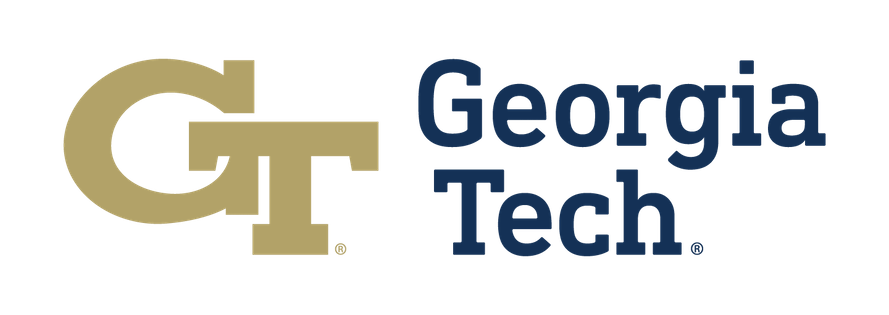DNOISE II (UBC)
This 5-year project funded by the Natural Sciences and Engineering Research Council of Canada (NSERC) was awarded in 2010 and matches the contributions from 12 SINBAD members. We plan to submit a renewal proposal in 2014.
Summary
Dynamic Nonlinear Optimization for Imaging in Seismic Exploration (DNOISE II) is a multidisciplinary research project that involves faculty from the Departments of Mathematics, Computer Science, and Earth and Ocean Sciences at the University of British Columbia. DNOISE II constitutes a transformative research program towards a new paradigm in seismic exploration where the acquisition- and processing-related costs are no longer determined by the survey area and discretization but by transform-domain sparsity of the final result. In this approach, we rid ourselves from the confinements of conventional overly stringent sampling criteria that call for regular sampling with sequential sources at Nyquist rates. By adapting the principles of compressive sensing, DNOISE II promotes a ground-up formulation for seismic imaging where adverse subsampling-related artifacts are removed by intelligent simultaneous-acquisition design and recovery by transform-domain sparsity promotion. This development—in conjunction with our track records in sparse recovery and time-harmonic Helmholtz solvers—puts us in an unique position to deliver on fundamental breakthroughs in the development and implementation of the next-generation of processing, imaging, and full-waveform inversion solutions.
DNOISE II—Approach
As conventional oil and gas fields are maturing, our geophysicists are continually challenged to come up with the next-generation of more sophisticated exploration tools. In exploration seismology this trend has led to the emergence of wave-equation based inversion technologies, such as reverse-time migration and full-waveform inversion. While significant progress has been made in wave-equation based inversion, major challenges remain in the development of robust and computationally feasible workflows that give reliable results in geophysically challenging areas including ultra-low shear velocity zones or high-velocity salt. Moreover, off-shore sub-salt production carries risks that need mitigation, which raises the bar from creating sub-salt images to inverting for sub-salt overpressure. The production of natural gas with hydraulic fracturing faces similar risks.
Amongst the many challenges that wave-equation based inversion faces, we focus on reducing the required excessive acquisition and computational costs of wave-equation based processing and inversion. We accomplish these cost reductions by using modern techniques from machine learning and compressive sensing. Contrary to many implementations of wave-equation based inversion, we propose a methodology where we do not insist on collecting or using all the data. Instead, we rely on formulations that only collect or call for data and wave-simulation accuracy as needed by the inversion.
DNOISE II was funded as a NSERC Collaborative Research and Development Grant (NSERC File Reference CRDPJ 375142 - 08) matching contributions from industrial research consortium SINBAD. The project involves faculty from Computer Science (Dr. Michael Friedlander), Mathematics (Dr. Ozgur Yilmaz) and Earth, Ocean, and Atmospheric Sciences (Dr. Felix J. Herrmann).
DNOISE II—Research outcomes
In 2010, DNOISE II—with its interdisciplinary team of 20–25 researchers including mathematicians, computer scientists, and geophysicists—set out on an ambitious research program to improve the quality of seismic images by: (i) developing new sampling methodologies adapted from the field of compressive sensing; (ii) by leveraging recent developments in sparse recovery towards problems in seismic data processing, and by (iii) designing efficient optimization techniques that make wave-equation based inversion computationally tractable. We have made several breakthroughs in these three critical areas, which have seen significant uptake by industry. By now, we are clearly recognized as world leaders, not only in the development of data acquisition and processing technology, but we are also recognized as key players in the field of wave-equation based inversion. Aside from numerous journal publications (over 30) and presentations (over 100 including over 42 talks last year at our consortium meetings and 14 presentations while visiting companies) in the seismic as well as in the mathematical literature, our work has resulted in several concrete parallel software implementations and case studies of complex synthetic and real field data sets.
Please, visit the SLIM website for our research output in the form of publications, presentations, and software releases. For additional information on our research, we refer to the SINBAD Industry Consortium.
Additional information
For further information on DNOISE II and SINBAD, please contact or , phone 1 (604) 822-5674. Copies of the original 2010 DNOISE II proposal and annual progress reports are available upon request, or for member access please visit the links below.
Progress reports & original research proposal
NSERC 2014 DNOISE II Progress Report
NSERC 2013 DNOISE II Progress Report
NSERC 2012 DNOISE II Progress Report
NSERC 2011 DNOISE II Progress Report
DNOISE II GRANT APPLICATION CRDPJ 375142-08

